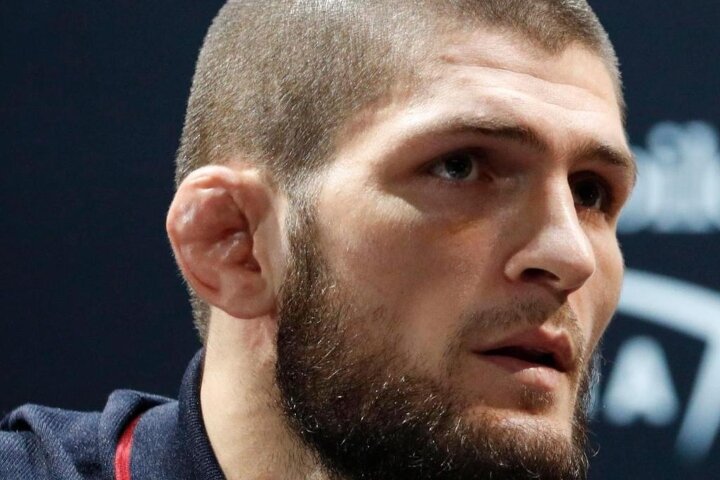Cauliflower ear often seems like some mythical force when a white belt first falls in love with Jiu Jitsu. It’s a big problem, but it’s never really discussed in depth by professors and only really seems to be mentioned in strategy planning for competition. “If your takedowns aren’t so good and your opponent has really bad cauliflower ear, then you might want to pull guard since they probably used to wrestle.”.
Cauliflower ear is normally caused or earned (for the ones who find it cool) through many years of hard training in grappling sports. It is very noticeable so it really isn’t something that you should want to have if you are not wrestling, grappling etc…
Now scientists have made an amazing breakthrough by creating an injection that can fix deformed ears and put an end to the “cauliflower ear” problem. This incredible achievement will change the way reconstructive surgery is done.
Researchers in China have found a new way to fix decades of ear damage with only one injection. They use a special technique called 3D bioprinting to create new ear tissue and fix any defects.
Related:
Madness: Grapplers Giving Themselves Cauliflower Ears To Look Tougher
In tests on mice that were genetically modified to have deformed ears, the injection was successful in fixing the structural problems and creating perfectly shaped and functional ears. Experts believe this method could be used on humans too.
Professor Maling Gou, who worked on the study, is excited about the possibilities for this new technology. “It looks very promising for clinical use in humans,” he said. “It could be a way to do reconstructive surgery that is less invasive and less risky.
This new 3D printing technique could be a good option for people who have cauliflower ear, as it doesn’t involve surgery and the risks that come with it. It also opens up new possibilities for other conditions that need reconstructive treatment, without the need for invasive surgery.




















